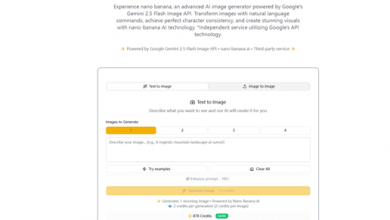Accelerating Developer Velocity Without Compromising Quality

Speed is seductive — but in software engineering, it can be expensive if quality takes a back seat. As teams scale and release cycles compress, tech leaders face a tough balancing act: how to maintain velocity without inviting instability. Karan Luniya, a Senior Software Engineer at DoorDash and a Globee Awards Judge for Artificial Intelligence, believes the answer lies in a unified approach: tooling, culture, and intelligent infrastructure that work in lockstep.
Building High-Velocity Systems with Guardrails
Developer productivity isn’t just about moving fast but it is also about moving safely. At DoorDash, Luniya designs backend systems that support rapid iteration without sacrificing operational excellence. Central to his strategy is a robust CI/CD pipeline, underpinned by Kotlin-based microservices and real-time observability tools.
“Our CI/CD platform allows developers to push code to production multiple times a day,” Luniya explains. “But what really makes it sustainable is test automation, canary rollouts, and real-time rollback mechanisms. It’s not just fast, it’s accountable.”
In his Hackernoon article titled “CockroachDB vs Apache Cassandra: Choosing the Right Distributed Database for Your Use Case”, Luniya outlines the architectural considerations behind choosing databases for scalable, developer-friendly systems. “You don’t want engineers spending mental cycles managing edge cases of their database layer. CockroachDB or Cassandra can abstract away consistency and failover so teams can focus on building features.”
Intelligent Infrastructure: The Invisible Accelerator
Beyond tooling, Luniya sees infrastructure as a silent driver of developer velocity. By embedding intelligence into system design, teams can proactively detect issues, shorten feedback loops, and reduce context switching. This principle also extends to how Luniya approaches resilience — not as an overhead, but as an enabler of confidence.
His recent scholarly article, Architecting Intelligent Financial Infrastructure: Scalable Machine Learning Systems for Real-Time Data Engineering in FinTech Applications, introduces AI-based techniques for real-time data engineering — ideas that are increasingly relevant in DevOps workflows. “Whether you’re running a trading platform or a food delivery network, you need systems that diagnose themselves. That’s how you preserve velocity under pressure,” he says.
The Culture of Acceleration
While technical systems certainly matter, Karan is quick to credit organizational mindset as a critical layer in achieving true developer velocity. “Velocity is a team sport. If your devs fear breaking things, or if reviews take a week, the best architecture in the world won’t help you move forward efficiently,” he notes. It’s a powerful observation that highlights the human side of software delivery — a side that’s often neglected when companies focus exclusively on tooling and automation.
True developer velocity doesn’t come from cutting corners or ignoring processes; it comes from designing smarter systems, empowering teams to innovate without needless bottlenecks, and building resiliency from day one. As Karan Luniya’s extensive experience at DoorDash shows, it’s entirely possible to move quickly and still maintain a strong, reliable codebase.
For him, the key lies in a culture that values collaboration, trust, and shared goals. It means creating an environment where engineers feel comfortable taking calculated risks, proposing improvements, and learning from their mistakes — without fear of blame. “Innovation without quality is just noise,” Luniya says. “But when you successfully align speed and reliability, that’s when your engineering team transforms into a powerful, competitive advantage.” By putting people first and designing a culture that supports both creativity and discipline, companies can accelerate delivery and innovate faster — all while delivering reliable and impactful software.



